Shockwave therapy is a non-invasive treatment option fast becoming popular for its ability to manage various musculoskeletal conditions, promote tissue regeneration, speed up healing, improve function, and relieve pain. It is an alternative to surgery and other invasive treatment options that may come with many complications.
Shockwave Therapy in Richmond, BC, involves using a handheld device to deliver high-energy acoustic waves to targeted areas of the body. These shockwaves interact with the body tissues, initiating biological responses that aid healing and reduce pain. While this procedure might sound very painful, it is not. It does not require anesthesia and is a safer alternative to several other treatment procedures because it has few side effects.
This article will examine shockwave therapy as a part of physiotherapy in Richmond, BC.
Table of Contents
How does Shockwave Therapy work?
Shockwave therapy began in Germany when researchers studying the effects of shockwave on the human body discovered that it affects different parts in different ways. The shockwaves used in shockwave therapy are generated outside the body and transmitted to the affected part through a handheld device.
Shockwave works by stimulating the body’s natural healing process with the aid of high-pressure sound waves. These waves, created by a handheld device, travel from the skin they are held up to through tissues. They then cause micro-tears in the injured tissue they are applied to. These micro tears stimulate the body to promote healing. Shockwave therapy also breaks up calcification and scar tissue to speed up healing.
Shockwave Therapy in Richmond, BC, stimulates the formulation of new blood vessels, improving the supply of oxygen and blood circulation to the affected area. Shockwave therapy can also disrupt the transmission of pain signals and decrease the sensitivity of nerve fibers, aiding pain relief.
What Conditions are Treated with Shockwave Therapy?
Some of the conditions that can be treated with shockwave therapy include:
Musculoskeletal Disorders
One of the primary conditions that shockwave therapy manages is musculoskeletal disorders such as rotator cuff tendinopathy (shoulder pain), frozen shoulder, Achilles tendinopathy (ankle pain), gluteal tendinopathy (Hip pain), patellar tendinopathy (knee pain), plantar fasciitis (foot pain), tennis elbow, etc.
Orthopedics
Shockwave therapy in Surrey, BC, also shows great benefits when applied to conditions of the skeletal system and its interconnecting parts. It alleviates pain from orthopedic conditions, such as osteoarthritis, by reducing inflammation, promoting tissue regeneration, and suppressing pain signals. It can also be used to speed up healing and recovery from fractures by promoting the production of bone-building cells and increasing blood circulation to the affected area.
Sports Medicine
Most sports injuries often involve soft tissue damage, such as strains, sprains, and stress fractures; therefore, shockwave therapy can manage them. Shockwave therapy can promote faster relief from pain and accelerate tissue healing, hence its preference as an effective treatment method in sports medicine. Athletes can recover quickly and return to sports due to shockwave therapy’s benefits.
Rehabilitation Programs
Shockwave therapy complements physiotherapy in Richmond, BC, and rehabilitation programs. Its ability to enhance tissue healing and improve functional outcomes has often become integrated into physiotherapy for conditions such as chronic tendinopathies, muscle strains, and post-surgical recovery.
Is Shockwave Therapy Painful?
While its name may sound scary, shockwave therapy is typically not painful. However, some people may report feeling mild discomfort during the procedure. During the application of shockwaves, you may experience sensations such as mild to moderate discomfort, tingling, or feelings of pressure at the treatment site.
The pain level experienced during shockwave therapy may depend on the individual’s pain threshold, the condition being treated, the treatment site, and the intensity of the shockwaves being applied. Generally, any pain or discomfort felt during shockwave therapy subsides once the procedure is done.
While shockwave therapy is non-invasive, it may have some mild side effects. However, these side effects are minimal compared to invasive treatment options. Shockwave therapy’s most common side effect is bruising at the treatment site. Other side effects include pain, swelling, and redness, which are rare.
Benefits of Shockwave Therapy
Shockwave therapy at Cambie Physiotherapy has a lot of benefits over traditional treatment options. Some of these benefits include:
- It is a non-invasive treatment option. It provides a non-surgical alternative for many conditions, reducing the risks associated with invasive treatment methods.
- It is generally safe and does not even require anesthesia.
- It effectively treats various conditions that may cause pain and discomfort.
- It has little to no side effects. Most side effects, such as discomfort, are only felt during the procedure.
- It is an outpatient procedure. Shockwave therapy usually does not require you to be admitted to a hospital. This allows you to resume your normal activities almost immediately.
- Shockwave therapy is cost-effective. Shockwave is a relatively cheaper treatment option than surgical procedures, medications, and other invasive treatment options.
Conclusion
Shockwave therapy is a safe and effective treatment method for musculoskeletal conditions and several other conditions. The procedure has few to no side effects, and it can help manage and treat chronic pain from several conditions. If you are considering shockwave therapy in Cambie Physiotherapy, you should talk to your healthcare professional to ensure the procedure is right.








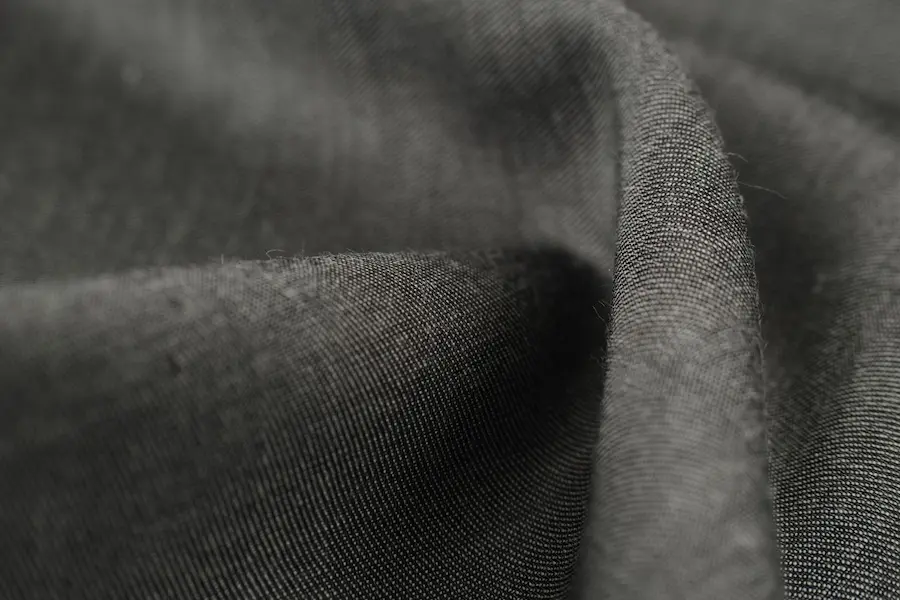


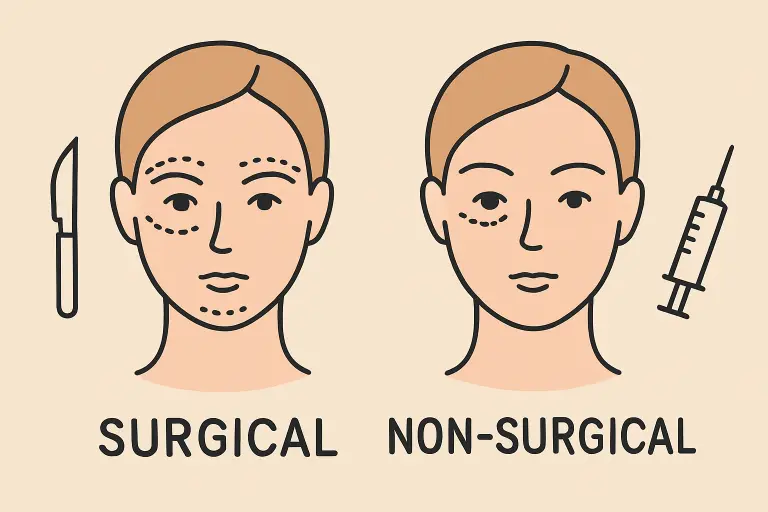





























































































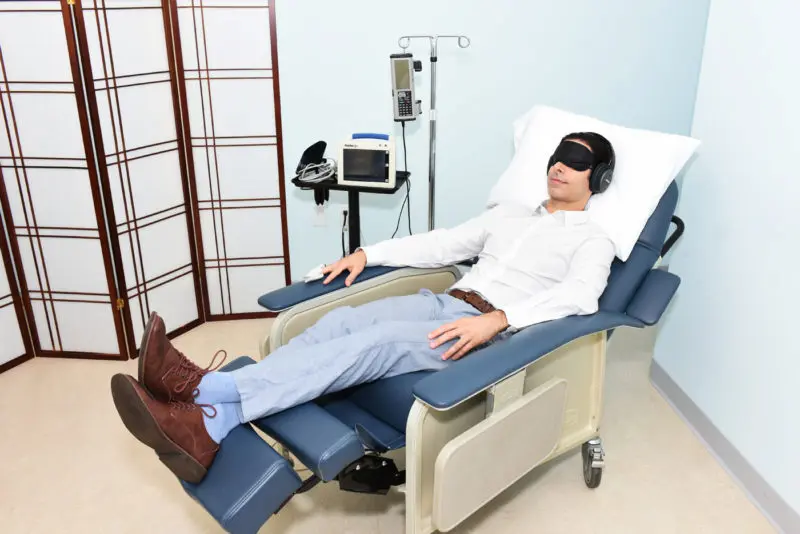













































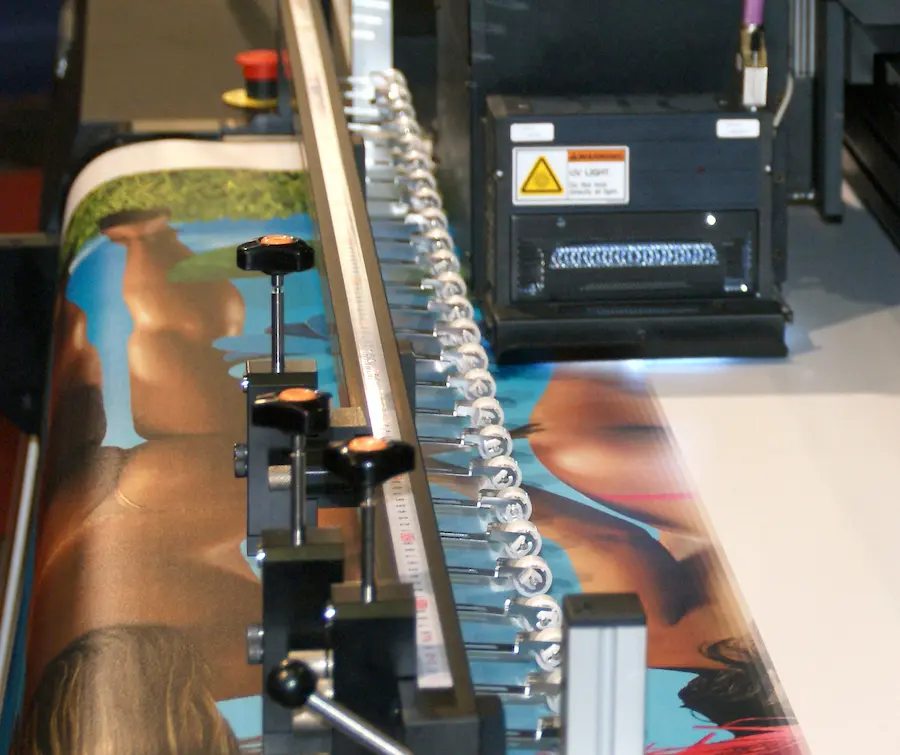






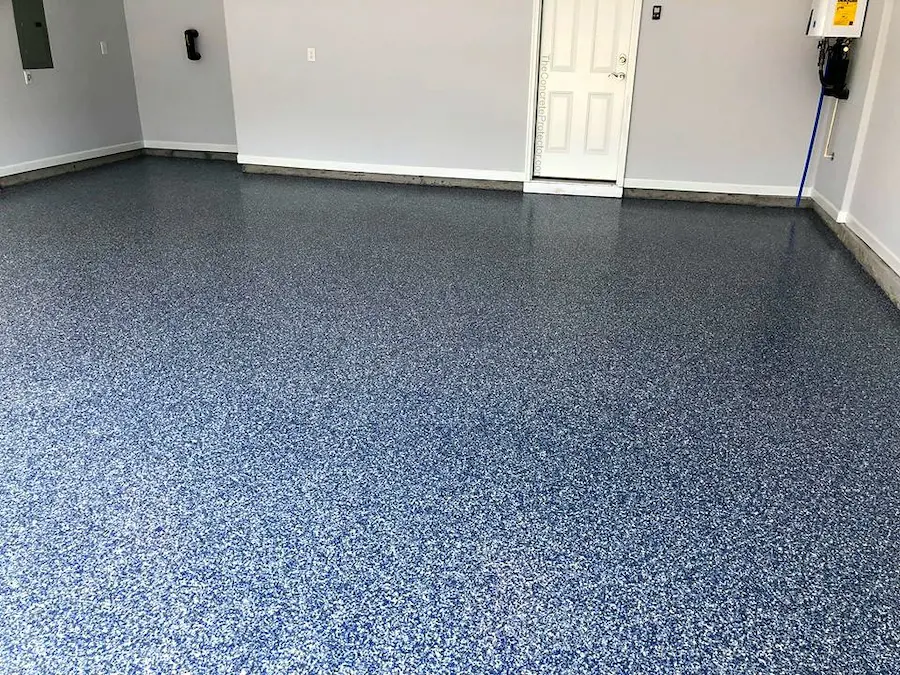




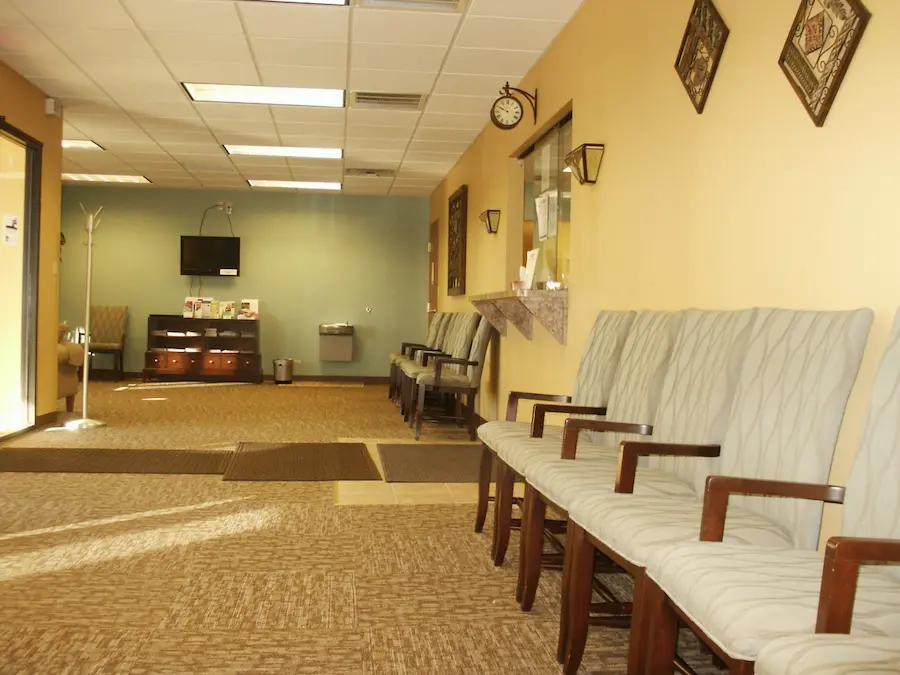

































































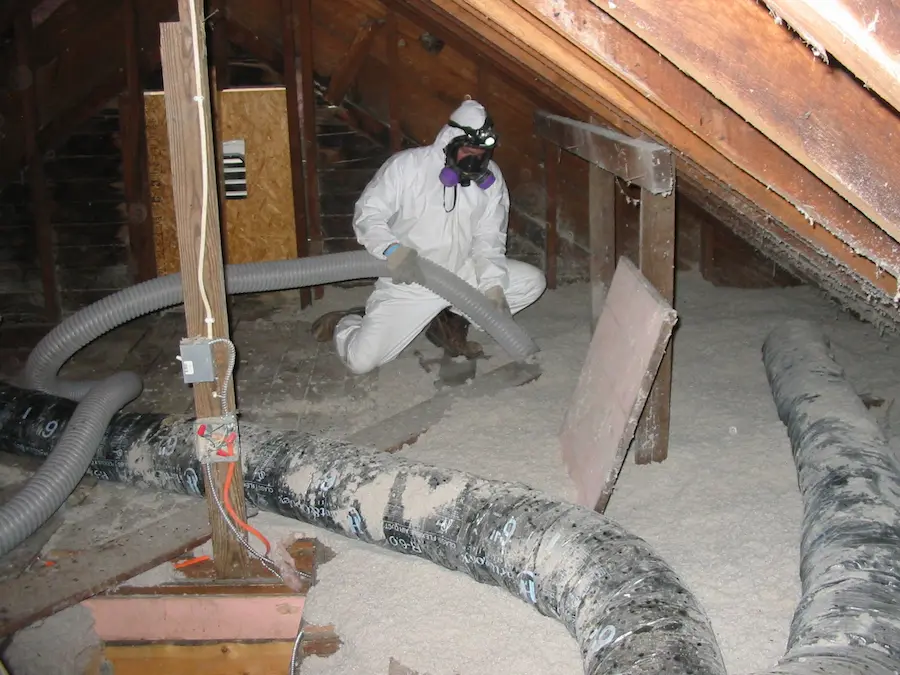


















































































































































































































































































































































































































































































































































































































































































































































































































































































































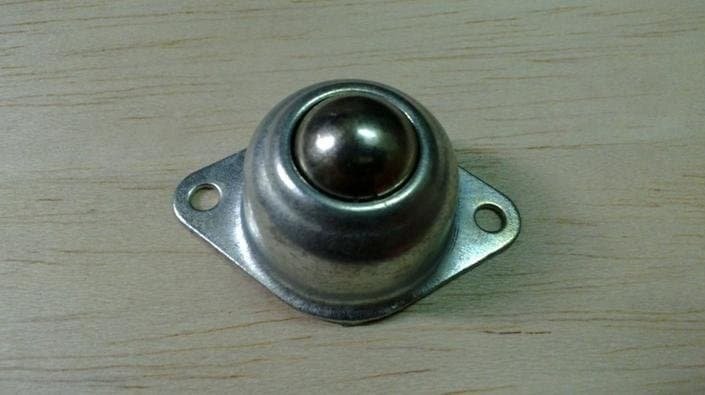

















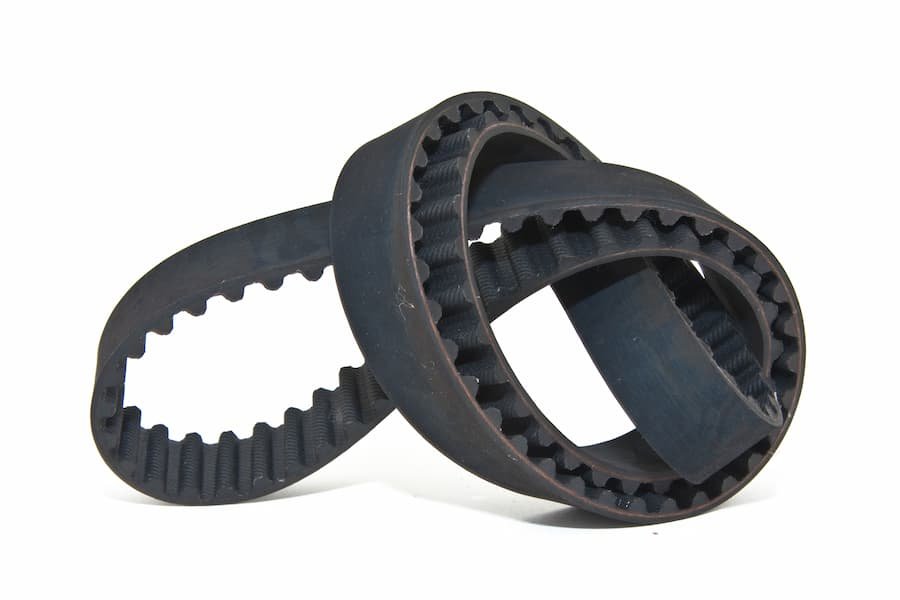

















































































0